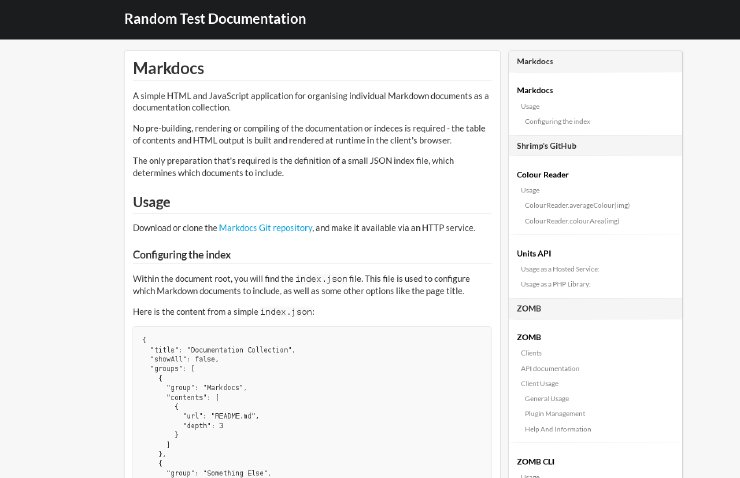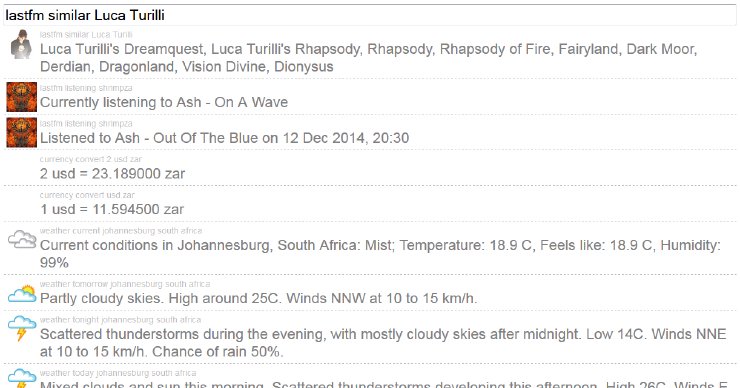
As mentioned, I’ve resurrected an old
idea,
and began work on it as a bit of a learning/practice exercise. I think
it’s working out rather well.
The primary application itself, hosted on GitHub
here, is essentially complete,
barring the ability to persist your plugin configuration (pfft, who
needs to store things anyway).
Some stuff learned along the way:
API-driven development:
Designing the external-facing API (actually defining and completely
documenting the exact request and response data structures, not just
“there will be a request that does things and a response that looks
something like X”) was a huge help. Defining the API allows you to see
how the system will actually be used up-front before writing a single
line of code, and allows you to easily spot gaps and shortcomings. Once
done, the “user documentation” becomes the same documentation I used to
implement the back-end, which made it incredibly easy.
Git:
Still learning, getting more comfortable with it. IntelliJ IDEA has
excellent built-in Git support out-the-box, and although painful to use
in a Windows shell (it’s basically Bash, inside cmd.exe), I’m getting
more used to the Git CLI.
Free/online continuous integration:
Initially, I started off using Travis-CI. This
requires you to store a “.travis.yml” file within the root of your Git
repository which I was rather uncomfortable with (I don’t like
“external” metadata type things hanging around in my source repository).
As an alternative, I’ve switched to using
Drone.io, which just
“feels” like a nicer solution. It also has additional features like the
ability to store artefacts for download, or publish your artefacts to
external services or servers - so you could have successful builds
automatically deploy the latest binaries.
Persistence/Storage:
Persistence is hard, so once you start a service up, it should run
indefinitely so you never need to write anything to disk. Sigh. Also,
this part was not designed at all up-front, and my flailing around
trying to get a workable solution is evidence of the need for proper
design and planning before jumping in with code.
Aside from that, there are additional projects which were spawned:
zomb-web
The first front-end for ZOMB. A simple single-page HTML UI. Had some
good practice remembering how to HTML and Javascript here…
zomb-plugins
A growing collection of plugins for ZOMB. At present, they’re all PHP
(again, refreshing old skills…) and pretty simple. Currently, there’s
time (simple current time/time-zone conversion), lastfm (see what
someone’s currently listening to, find similar artists), weather
(current and forecast conditions for a given city) and currency
(simple currency conversion).
None of the above cannot be achieved without a simple web search, so
next up I’d like to create a CLI client - weather updates in your
terminal!


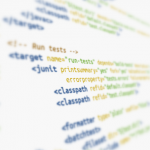 Now that we have
Now that we have 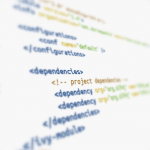 So far, we’ve covered the basics of
So far, we’ve covered the basics of 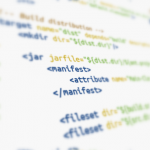 In part 1, we went over the basics of
In part 1, we went over the basics of 
